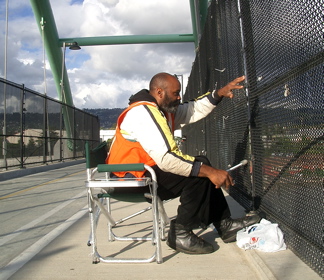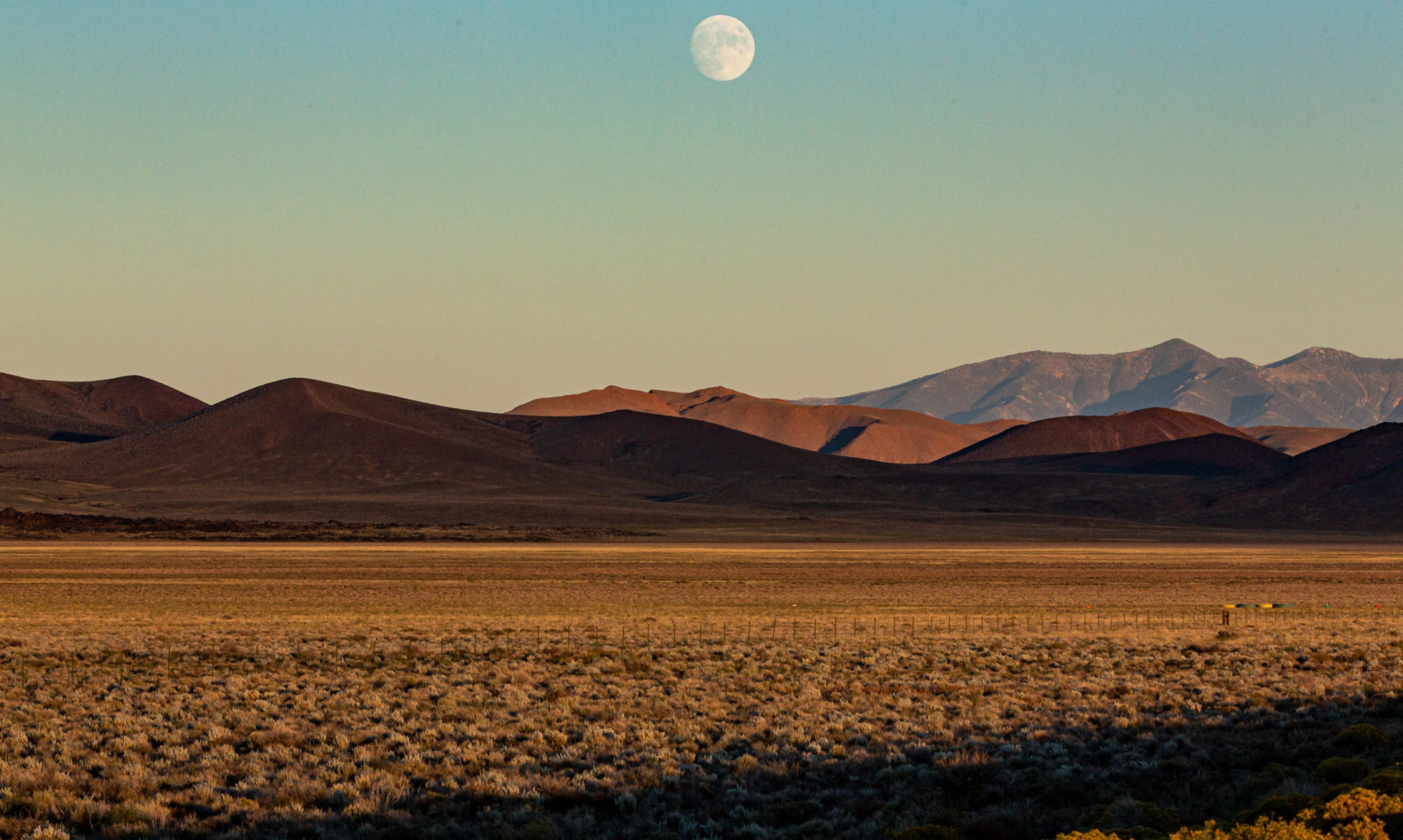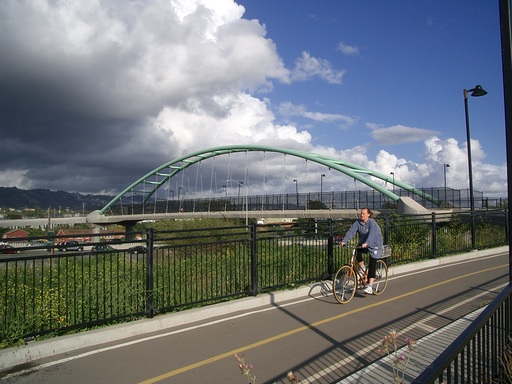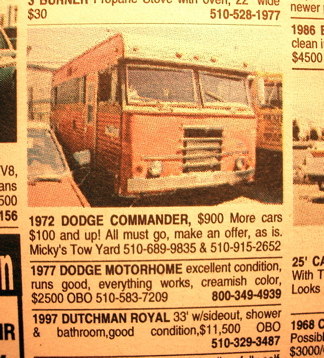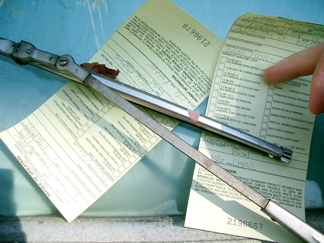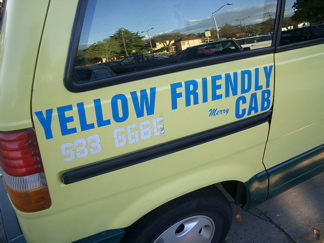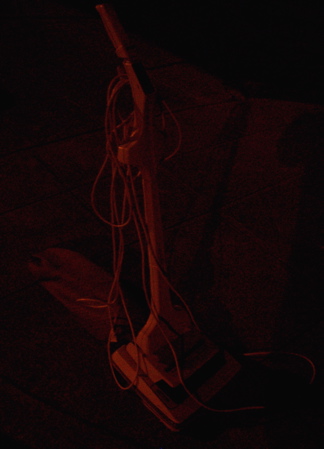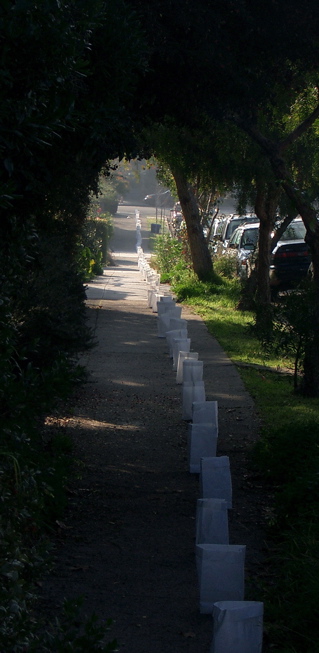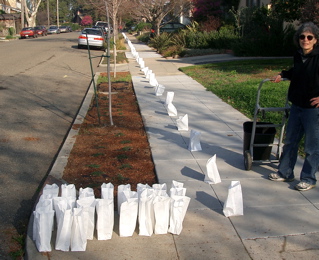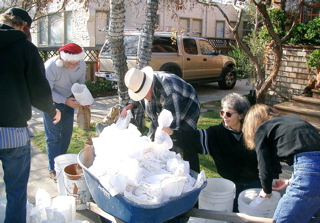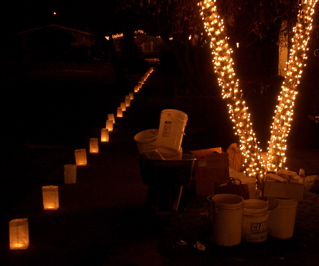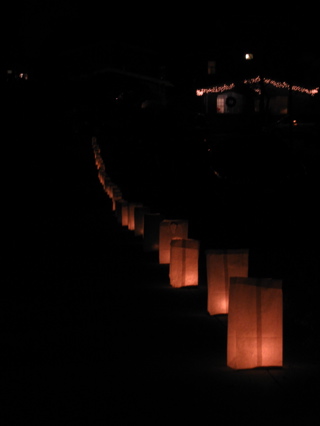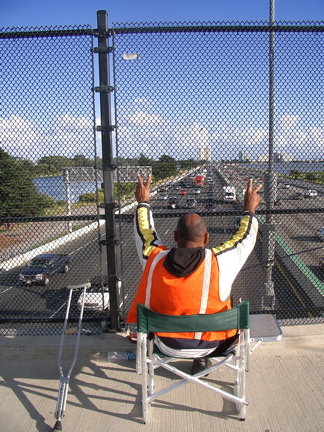
Berkeley’s got something of a tradition of sidewalk personalities. It’s a small place, about five miles west to east, if you start at the furthest corner of the old garbage dump in the Bay (now a park) and head to the top of the Berkeley Hills, and about four miles north to south. (In Chicago terms, the whole thing would fit between North Avenue and Lawrence Avenue in the south-north axis and between Halsted and Cicero east to west; Berkeley’s land area would fit in about half that space — North to Belmont and Halsted to California.)
Partly because of the city’s size, partly because it seems to attract characters or engender character-type behavior on the part of normally sane, sedate citizens, you quickly get familiar with the cast members: Pink Man, the flamboyant unicyclist (and Jeremy, a more serious one-wheeled type); the morose or perhaps disturbed Orange Man, who wore orange parka, sweatpants and backpack and was often seen pondering oranges he’d hold at arm’s length and eye level; William, the Polka-Dot Man; Stoney Burke, a somewhat nasty comic/political street performer who has been around town since the late ’70s; and, best known of all, the Waving Man, whose passing in 2002 merited obits from The New York Times and Associated Press among others:
“Joseph Charles, who became famous by being very, very friendly, died on
Thursday in Oakland, Calif. He was 91.
“Every weekday morning for three decades, Mr. Charles stood on a street
corner in adjacent Berkeley and waved to each passing motorist. It made him
a local legend, indeed, something of a national wonder, and attracted
coverage from Charles Kuralt and People magazine.”
Sometime in the past couple of months, I discovered there’s a new Waving Man in town. I don’t know his name or whether he’s generated any media coverage. But I see him every time I go across the bike bridge over I-80: He sets up a camp chair above the northbound (OK, officially eastbound) lanes in the afternoon and waves and gestures to the commuters. I brought my camera on a ride one day last week and saw him on the bridge. At first I rode by — I’ve said hi to him before, but he’s so absorbed in what he’s doing that he didnt’ seem to notice. Then I decided to stop and take his picture.
What surprised me once I stopped was how much response he was getting from the drivers below. Lots of them honked. For his part — I didn’t ask his name — he kept up a continuous litany as he waved and gave the peace sign: “God bless you … peace … peace … peace … God bless you … God bless you … peace.” After I’d taken a few shots, I walked by him and said, “God bless you, too.” He looked up, as if he hadn’t known I was there. He looked surprised and maybe ecstatic and turned back to the road.
